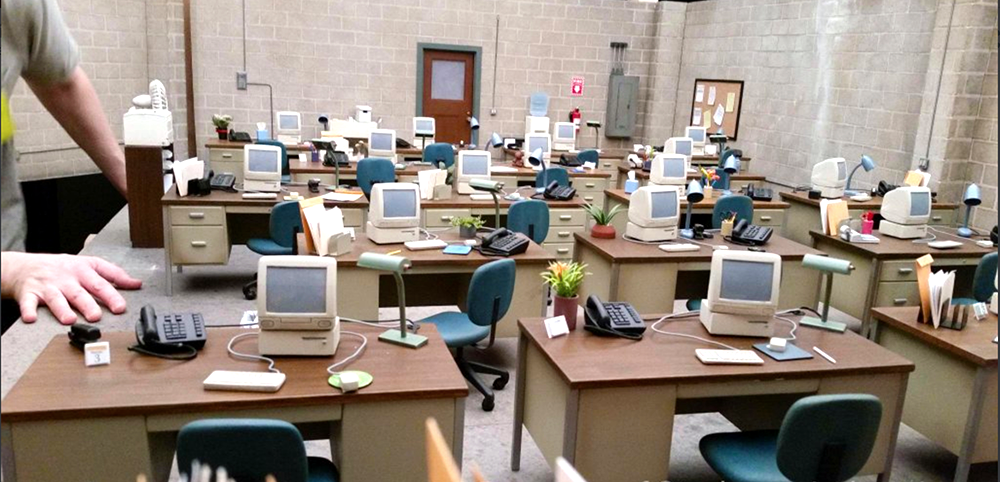All summer we’ve been geeking out on the latest season of HBO’s Silicon Valley. This week’s episode highlights a challenge companies face when looking to simplify their products, sales, and communications. For the unconverted and for the purposes of this conversation: Silicon Valley is about Pied Piper, a file compression algorithm that’s supposed to dramatically free-up storage space without compromising quality.
In this week’s episode, “Daily Active Users”, the guys at Pied Piper have tested their platform with a select group of betas and finally released the app to the public. Although it’s the talk of the town and gaining a high volume of downloads, users aren’t returning on a daily basis to actually use the app. That daily use metric is what determines corporate growth and profitability.
CEO Richard Hendricks has a focus group to figure out why people aren’t using Pied Piper. And the answer is clear. The platform is too complicated and ahead of its time for the average user to appreciate. Hendricks is enraged – he tested a beta version with his friends (other engineers) and got near universal praise. When asked why he only sent the beta to other engineers, Hendricks explains to his VC pal:
I wanted to give it to people who would understand what I’m trying to do, so I could get useful feedback. And with all due respect, I gave it to you – the one person without a computing background – and you said it felt ‘engineered’.
Then the lightbulb moment occurs when he realizes they wanted to market their product to Average Joe, but they never actually tested it with him. And herein lies the brilliance of Silicon Valley. Art imitating business.
We come to the very real question of consumer value during all points of the product development and distribution lifecycle. If you want a “normal” person to understand your product, or how your services work, or why their life will be dramatically improved, don’t just circulate feedback around the internal organization. The audience community can provide a better glimpse into actual market response.
For the most part, technology and CPG companies know this to be true. But others – like financial services, healthcare, and insurance – really struggle to bridge the gap between insider admiration and consumer approval.











